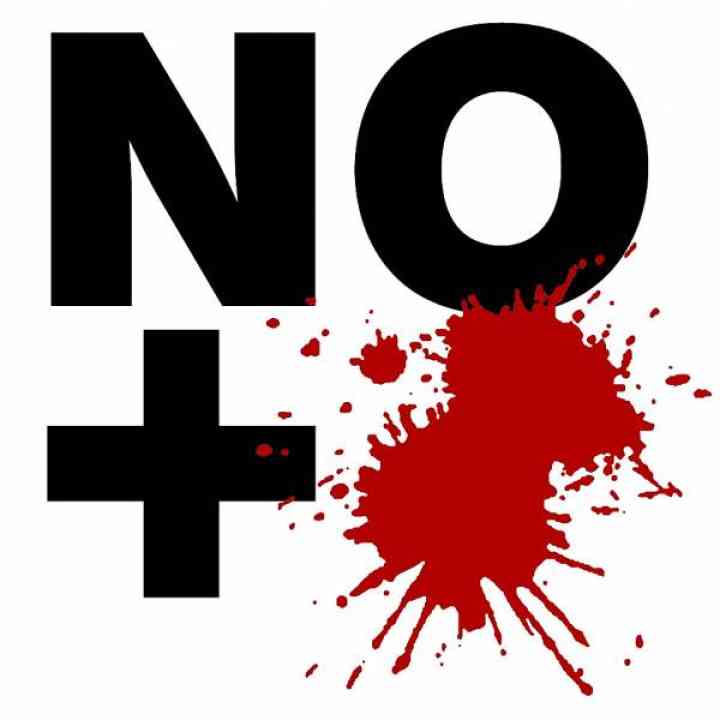Do We Really Know What a Graphic Brand Conveys?
If we really know the meaning of a graphic brand, will we be closer to know what is probably being created in the public's mind?


«Know yourself and you will know the universe and the gods».1
This quote leads us to think and enquire ourselves, to ask ourselves: Who are we? Where are we going? What do we like? What don't we like? Answering these questions can help us, among other things, build our identity. In the same way, knowing the hidden meaning of a graphic brand can make us discover an almost unexplored or unacknowledged universe within the field of the Graphic and Visual Communication. When we see a graphic brand, we get a first impression, feelings, reactions. It produces pleasure or displeasure in us. We perceive and interpret the world around us through our five senses and depending on our way of thinking, feeling, and living, we elaborate and produce in our mind value judgments over what we are watching. We believe that we decide consciously in front of particular visual stimuli, such a as when we have to choose a specific product or when we must decide among several brands in order to hire a service. But when we make decisions, we actually do it from our unconsciousness. For instance, the typography of an advertising billboard or the colors of a logo, among others, can transmit to us specific stimuli and sensations in an unconscious level.
In the video Las decisiones son inconscientes, Eduardo Punsent says:
«we think that we know why we choose a particular product or service but we are actually doing it from our unconsciousness, our choices are linked to our evolutionary past, our most instinctive biology, the three basic pillars of survival in the animal kingdom, which are: food , sex and safety. Determined sensory stimuli activate profound zones in the brain, such as the rewarding system, which makes us act and drives us to search: food, sex and safety. Why do we choose a particular brand? Because it refers us back to personal memories or gives us hope for a better future. It leads of to feel that we belong to: a tribe, a group, a community. Unconsciously, we identify it with ourselves. We believe they are part of ourselves. We believe that we choose consciously when, in fact, we are doing it from our unconsciousness».2
When we create a graphic brand we do not have the certainty that the elements we choose to conceive it are perceived a hundred percent as we imagine it. But if we know and understand how unconscious perception works, we can get closer, try to reach it and do everything possible to communicate the message we want.
The release of a graphic brand in a highly competitive and globalized market
Releasing a product or service with a graphic brand that is not different from the rest, that does not represent and does not project what it does, who it is or what it offers, will imply having to invest much more money to get to the target audience by other means. This does not mean that it is not possible to achieve success while the brand is being introduced into the market and the public is getting to know it. The truth is that this way is going to be more difficult for it to be recognized, distinguished, differentiated, checked up on the proficiency of its service or the quality of its products and be related the graphic brand to the quality. Meanwhile, a dissociation will happen among what the company is, what it offers and what it shows in its graphic image. It is important that the graphic image (what it is shown) is with us from the beginning, making it stronger and bigger without deforming it. I mean, not going out to sell life insurance looking like we are selling coke. It would be ideal for a graphic brand to transform, improve, grow, but keeping the essence, a coherence among:
«[…] 1. what the brand does: the products or services, which are for the company the object of economic trade; on the other hand, what the brand is for the public, the benefits (functional or psychological) that provides to consumers and users; 2. how the brand does what it does (the former) and how it communicates it to bring what it sells to the public: the presentation, the distribution and the sale, the communication and the relations, what it says and how it says so, what it sells, where and how it sells it; 3. what the set of all of the above means for the individuals, the public, the market, and society».3
Achieving a coherence among what the company is, what it wants to be and what the rest perceives, could help us avoid future problems, such as having to modify the graphic image. The quantity of products and services that are offered everyday and the amount of brands that stand out force us to make a difference for ourselves, to not being confused with other brands, product or service, to make understandable what is it that we do, what we offer, etc. One thing is to be known (that we exist) and other is to be acknowledged (stand out in the crowd and be known for what we offer and who we are, and so on.). It is important to make people aware of our existence and to be distinguished from the competition. We can say that if we get to know how certain visual stimuli are perceived, such as shape, color, size, their meaning, and what they produce at an unconscious level, we will be closer to achieve our communicative goal. Every time, more and more brands are looking for a way of reaching up to their clients through the emotions, through identification, empathy and fidelity. It is important to take into account how the receiver perceives, to accomplish a balance between what we want to communicate and what the rest perceives, for the visual communication goal not to be difficult, be more effective and personalized. I consider that integration strengthens a goal and generates a solution.
In his article Descubriendo el Mediterráneo, Joan Costa says the following:
«Everyday I keep surprising myself of the same two things, 1, the disarming effect of those universal laws of visual perception, and 2, the little interest which, in general, is shown by graphic designers and visual communicators, entertained playing with their mouse. If we design for the eyes, why are we so disinterested in knowing how people perceive?».4
What do you think? Share your comments right now!
- Quote that Socrates took for himself from an inscription found in the Oracle of Delphi. The Oracle of Delphi was a big sacred precinct dedicated mainly to the god Apollo who had his temple in the center, and was attended by the Greeks to ask the gods about disturbing issues. (Fuente: Wikipedia)
- Video: Las Decisiones son inconscientes, by Eduardo Punset.
- Costa, J. (2004), La imagen de marca. Un fenómeno social. Barcelona: Paidós Ibérica.
- Costa, J. (junio de 2012). AdComunica.

This article does not express the opinion of the editors and managers of FOROALFA, who assume no responsibility for its authorship and nature. To republish, except as specifically indicated, please request permission to author. Given the gratuity of this site and the hyper textual condition of the Web, we will be grateful if you avoid reproducing this article on other websites. Published on 05/03/2014








